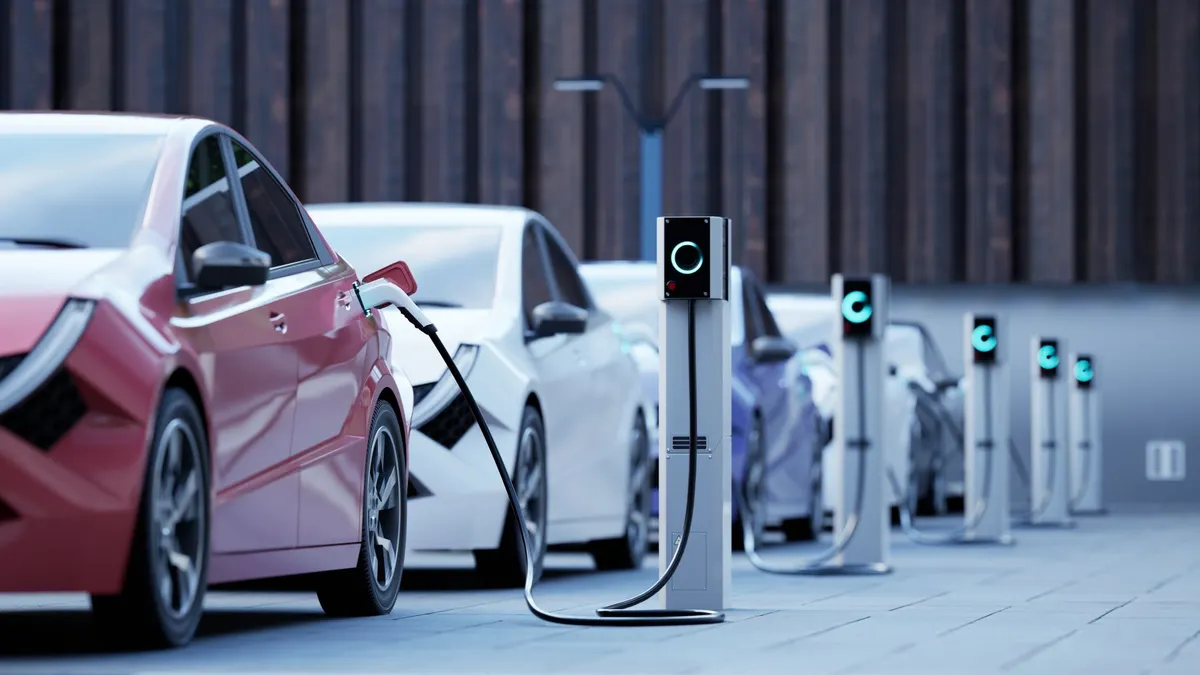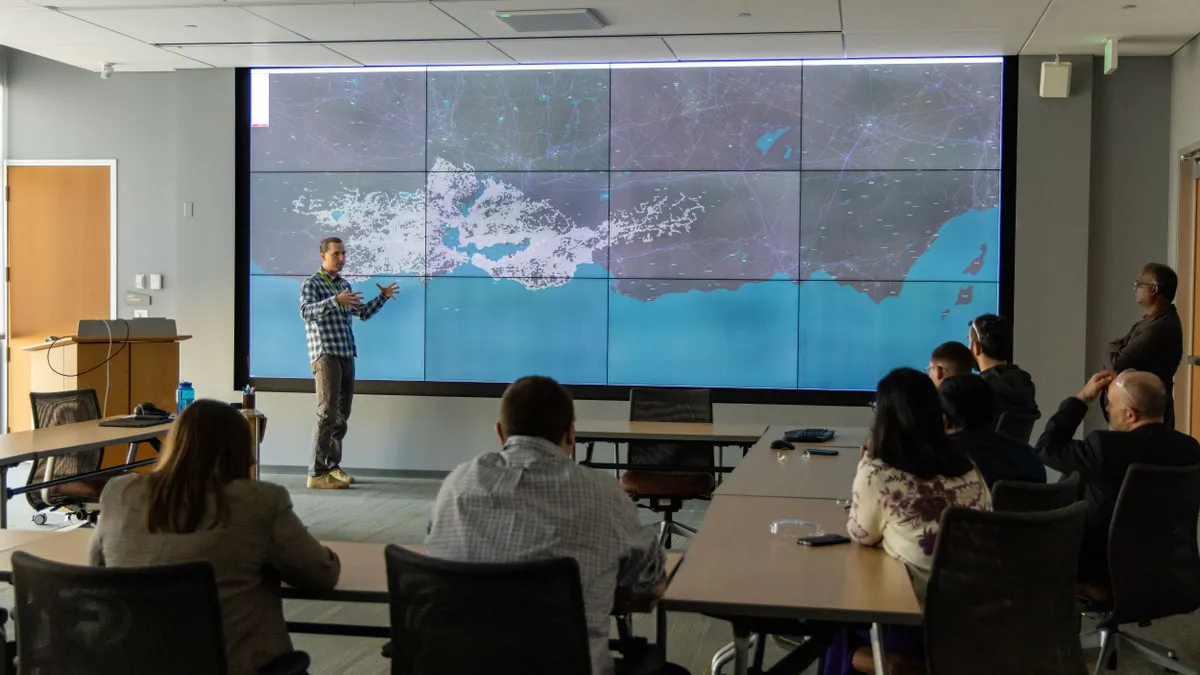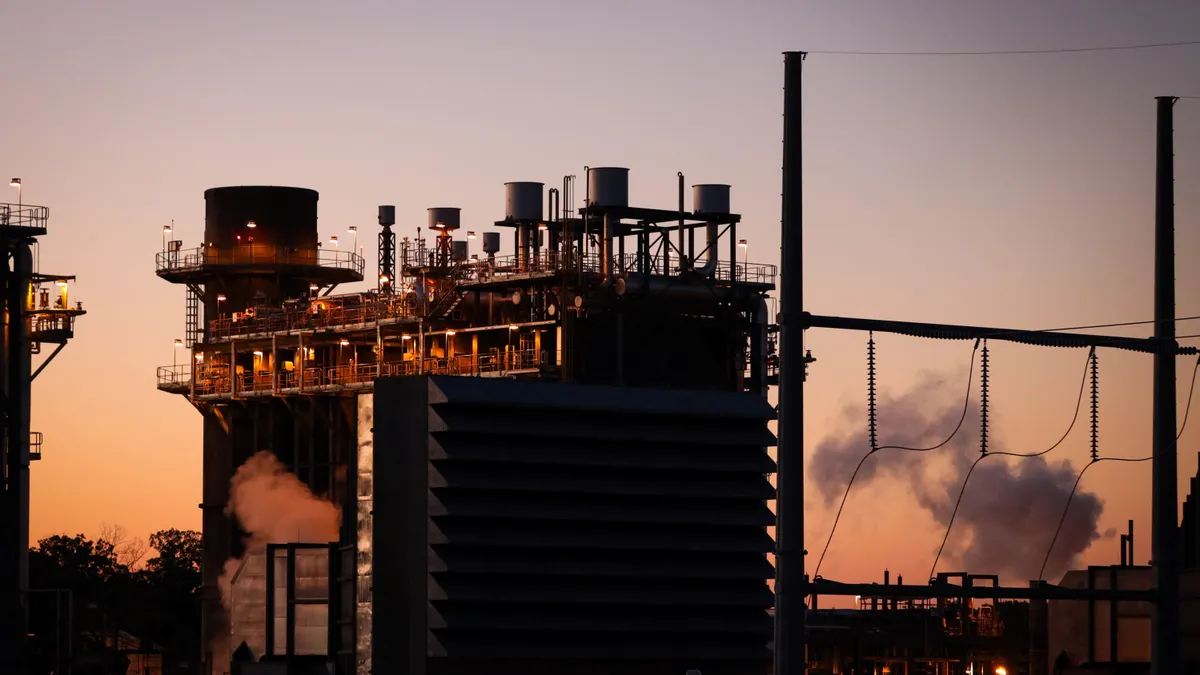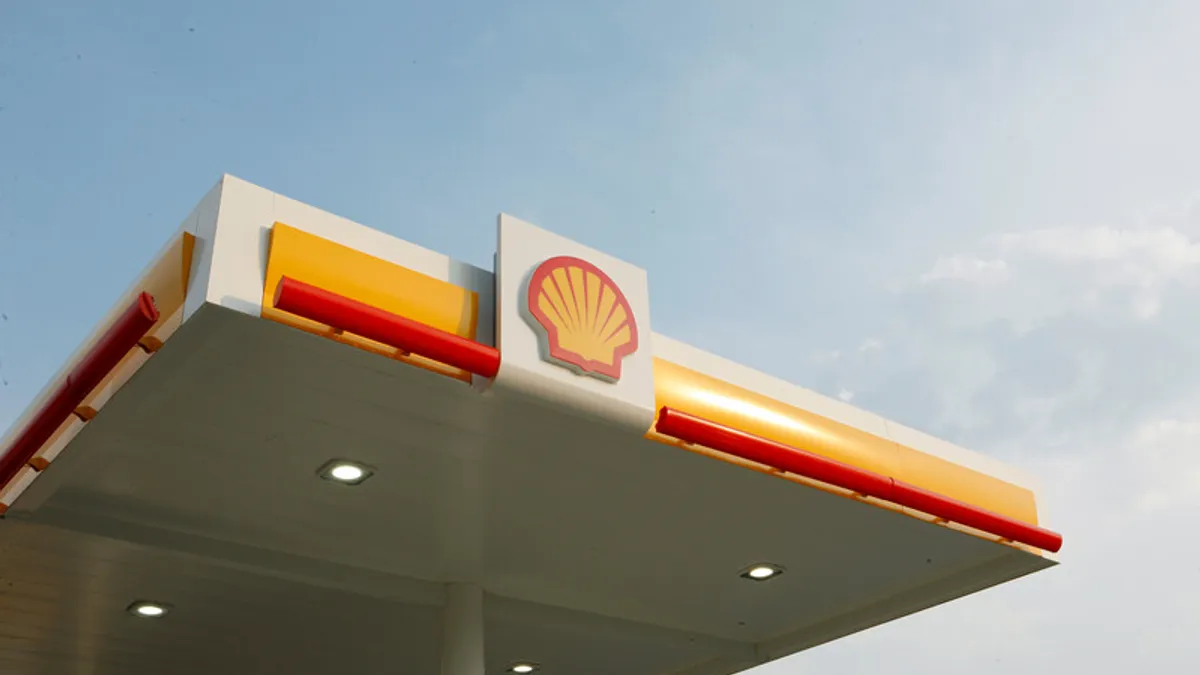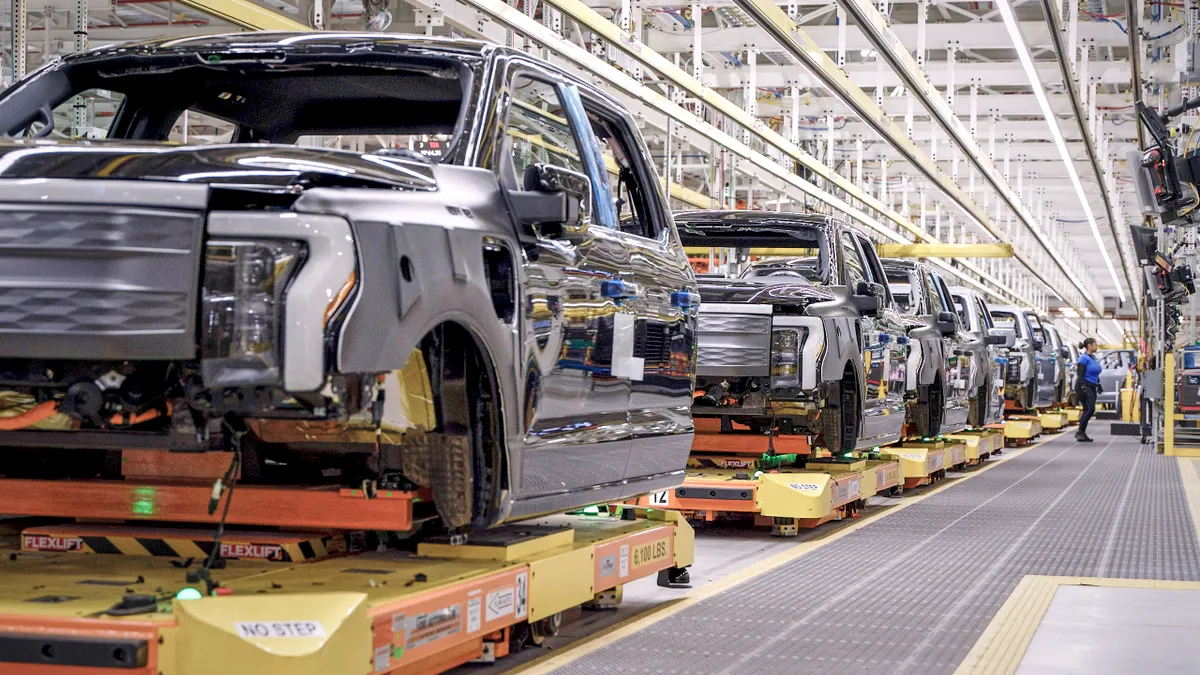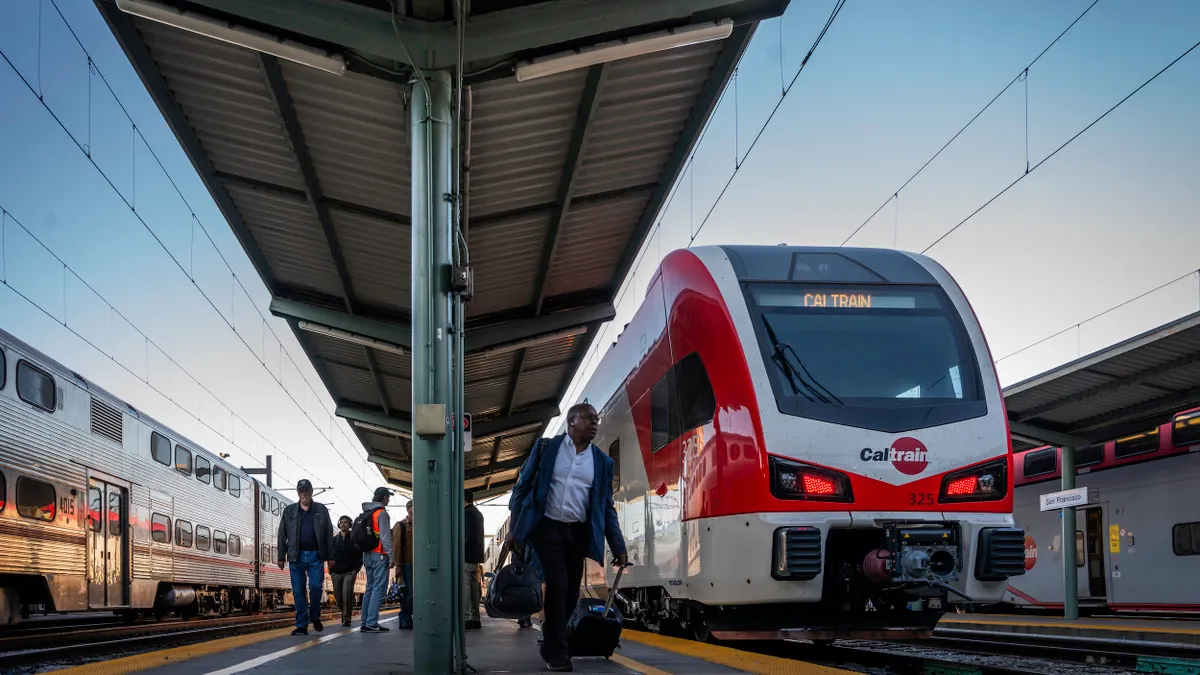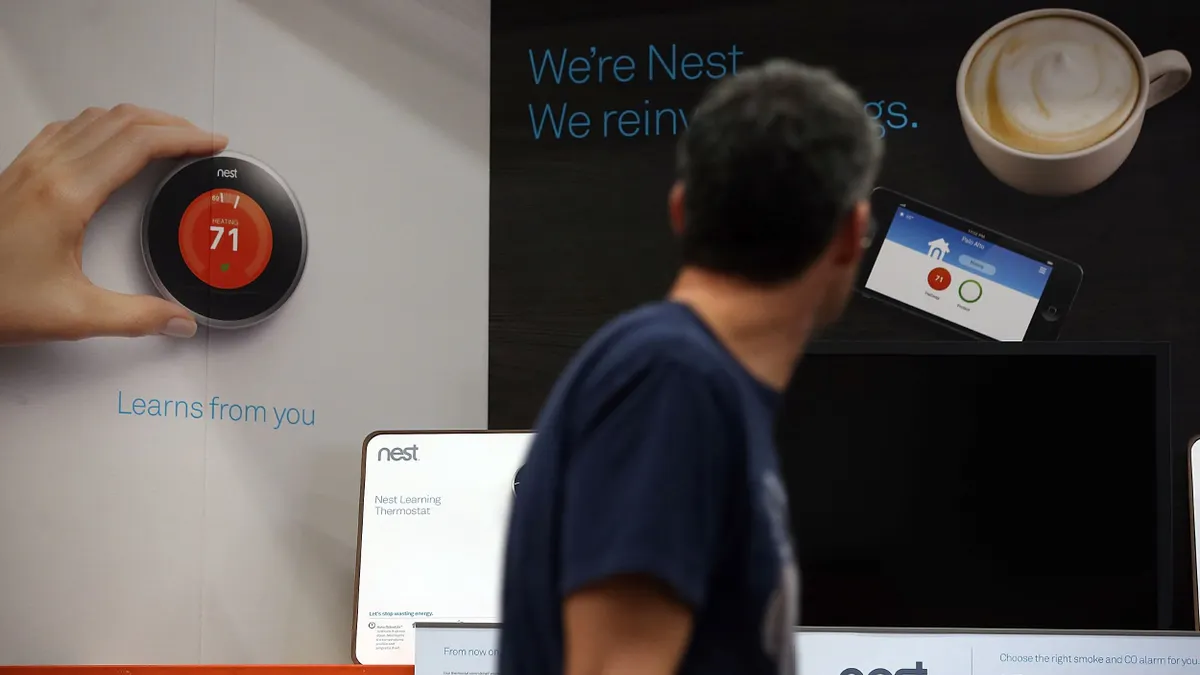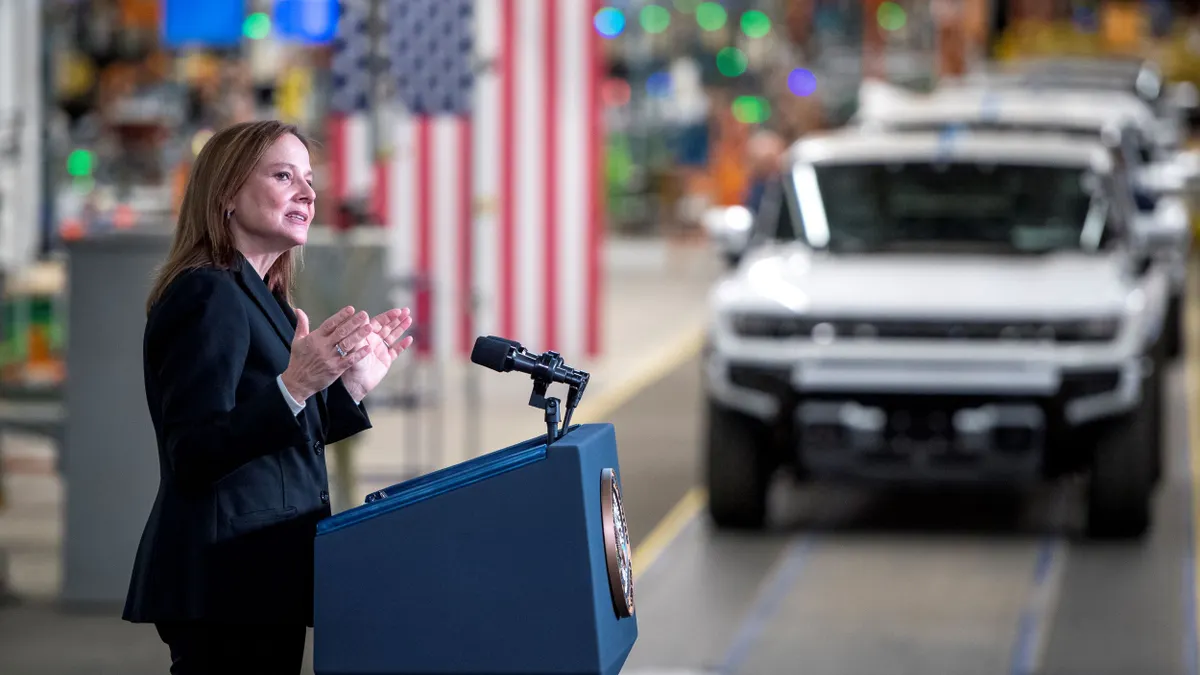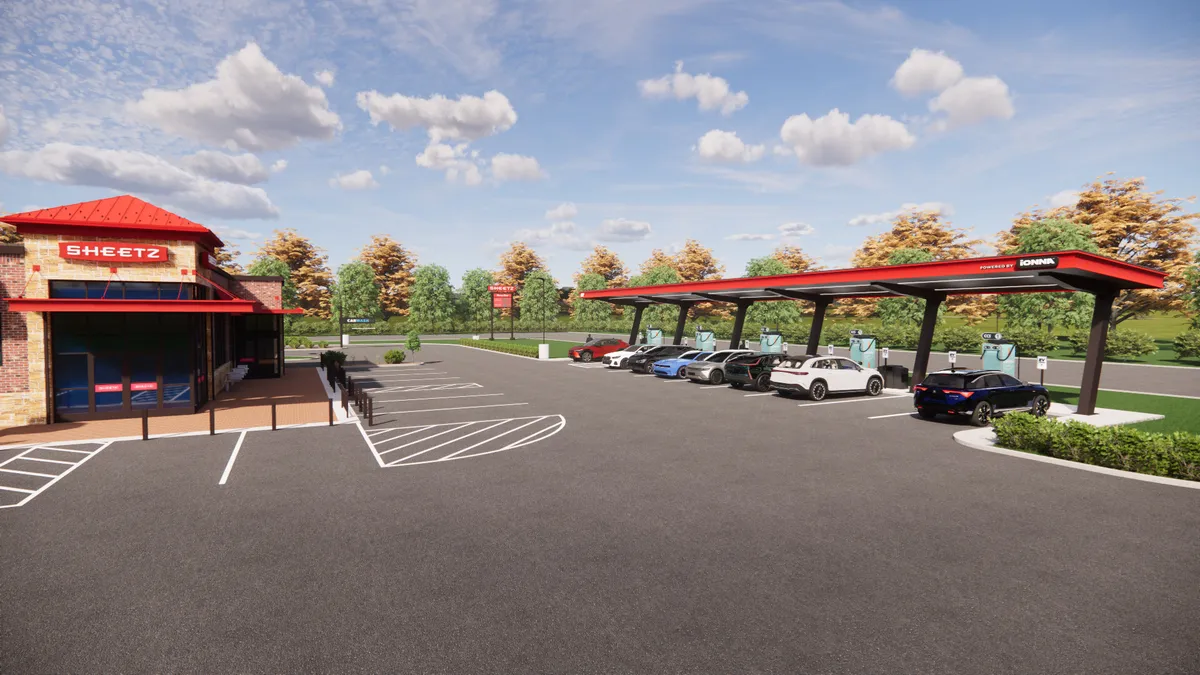Nick Woolley is CEO of ev.energy.
Soaring electricity prices are squeezing American households and businesses, and are expected to continue rising. Simultaneously, a quiet revolution is taking place in our driveways: Over 7 million electric vehicles have already been sold in the U.S. Right now, we treat them as just cars, but they are also massive, mobile batteries that have the potential to slash electricity rates for every American household by as much as 10% and deliver over $30 billion in annual grid benefits by 2035 — all without disrupting EV drivers’ needs.
In contrast to other distributed energy resources like energy storage, EVs require no capital to deploy. People are already buying EVs to drive places. When we tap into them when they are not being used, we’re tapping an asset with no additional costs. But we are at a critical moment and must move forward with openness, to achieve scale and avoid squandering the momentum we’ve gained so far.
The technology to unlock this value is called "managed charging." Instead of every EV charging the moment it's plugged in, creating huge spikes in demand for electricity, managed charging allows vehicles to intelligently draw power when it’s cheapest and most abundant, such as overnight or when solar and wind generation is high — and when vehicles are already plugged in and have plenty of time to charge. In the future, with vehicle-to-grid technology, we can also use the colossal latent capacity in EV batteries to export energy onto the grid. This simple act of coordination strengthens the grid, prevents blackouts and lowers costs for everyone, not just EV drivers.
Pioneering programs from California to New York are already proving this works for tens of thousands of drivers. The technology is secure, tested and ready to scale. The question now facing industry leaders is no longer whether managed charging works, but how to implement it. Will we build an open, competitive and consumer-friendly energy future, or will we allow a few dominant players to create closed, proprietary “toll roads” that lock in consumers, stifle innovation and raise electricity rates everywhere across the U.S.?
The first path, built on interoperability and open standards, accelerates innovation with a dynamic marketplace. In this future, an EV driver can choose to enroll and coordinate their charging anywhere, using any app or service provider. An open, omni-channel experience enables users to enroll from wherever they are and maximizes the potential for growth. This is critical if demand flexibility is to scale and reach its potential to drive down all of our energy bills. And it’s just like the internet, where you can browse on multiple devices, across different browsers, in any location.
We know this is the model that built the modern technology economy — one of explosive innovation driven by open access. It’s also the foundation for a competitive market where the many buyers and providers of demand flexibility can all participate, from vehicle or charger integrations to utilities’ advanced metering infrastructure. Limiting market interactions to one pathway interferes with the market and misses the opportunity to optimize energy supply and demand.
The open road creates a clear win-win-win. For automakers, it accelerates EV adoption by making ownership more affordable and appealing, increasing sales volume. For utilities, it provides the dynamic grid control needed to improve reliability and integrate more renewables. And most importantly, for consumers, it delivers real reductions on their monthly electricity bills and preserves their freedom of choice to interact with their charging through any service provider, whether that’s an OEM, an energy utility, or other third party.
The second path is a toll road leading to a monopolistic future. In this scenario, a few powerful players become roadblocks, controlling access to the vehicle’s charging data, gating it behind exorbitant fees or locking consumers into their proprietary systems. Competition withers. Participants are shut out of the market because there’s not enough value left to incentivize them to do the right thing. Instead of reducing energy bills, this approach will bake in new costs for consumers and create a new, unnecessary class of gatekeepers. We’ve seen this movie before with closed technology ecosystems, and it always ends with less choice, higher utility bills, lower participation rates and a less equitable energy transition.
If we create an open road, we can bring every stakeholder to the table and enable truly dynamic load shifting, critical to reducing energy rates. Previous approaches to managing demand, like electricity rates that vary by time of day based on general usage patterns, have been a valuable first step, but this static tool is now showing its limitations. In some areas, these rates have actually created new, artificial "charging peaks” at the start of an “off peak” time period that can stress the grid more than the problem they were designed to solve. This isn't smart management; it's just moving the problem around. What we need is a system that responds dynamically to the shifting needs of the grid, the user and capabilities of the charging equipment. This requires an open road, with everyone playing their part to drive costs down.
We have the potential for a 7-million-vehicle-strong virtual power plant at our disposal in the U.S. today with 78.5 million on the way by 2035. This is not just a technological shift; it is an unprecedented opportunity to build a smarter, cleaner and fundamentally more affordable energy system.
By choosing collaboration over confrontation and embracing a foundation of open standards, decision-makers from the automotive, utility, policy and technology sectors can unleash a new era of American innovation. This visionary path leads to a future where our vehicles and the grid work in harmony, strengthening our energy independence and creating a system that is more resilient, more responsive and less expensive for every single American. Committing to this shared vision is our direct route to finally lowering electricity rates for everyone.


